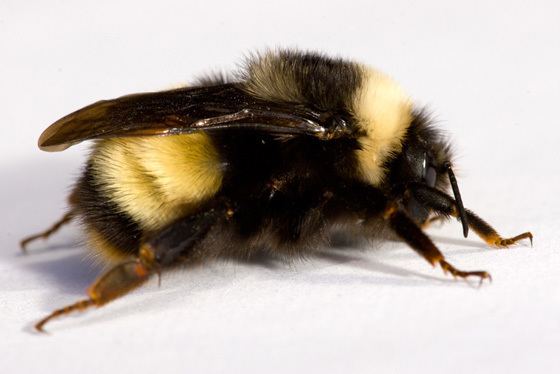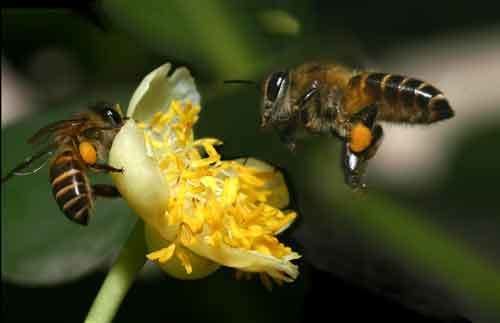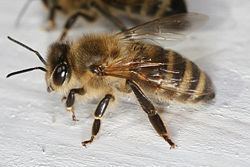Clade Anthophila Higher classification Bee | Scientific name Apidae Rank Family | |
 | ||
Length Early bumblebee: 1 – 1.4 cm Lower classifications Honey bee, Bumblebee, Carpenter bee, Stingless bee, Apinae | ||
Tricolored bumble bee apidae bombus ternarius on dandelion
Apidae is the largest family within the superfamily Apoidea, containing at least 5700 species of bees. The family includes some of the most commonly seen bees, including bumblebees and honey bees, but also includes stingless bees (also used for honey production), carpenter bees, orchid bees, cuckoo bees, and a number of other less widely known groups. Many are valuable pollinators in natural habitats and for agricultural crops.
Contents
- Tricolored bumble bee apidae bombus ternarius on dandelion
- Svm zacar zamran i 06 insects i apidae
- Taxonomy
- Apinae
- Nomadinae
- Xylocopinae
- References

Svm zacar zamran i 06 insects i apidae
Taxonomy

In addition to its historical classification (honey bees, bumble bees, stingless bees and orchid bees), the family Apidae presently includes all the genera formerly placed in the families Anthophoridae and Ctenoplectridae. Although the most visible members of Apidae are social, the vast majority of apid bees are solitary, including a number of cleptoparasitic species.

The old family Apidae contained four tribes (Apinae: Apini, Euglossini and Bombinae: Bombini, Meliponini) which have been reclassified as tribes of the subfamily Apinae, along with all of the former tribes of Anthophoridae (subfamily Athophorinae) and the former family Ctenoplectridae, which was demoted to tribe status. The trend to move groups down in taxonomic rank has been taken further by a 2005 Brazilian classification that places all existing bee families together under the name "Apidae", but it has not been widely accepted in the literature since that time.
Apinae

The subfamily Apinae contains a diversity of 15 tribe lineages, the majority of which are solitary and whose nests are simple burrows in the soil.
However, honey bees, stingless bees, and bumblebees are eusocial or colonial. They are sometimes believed to have each developed this independently, and show notable differences in such characteristics as communication between workers and methods of nest construction.
Tribes include:
Nomadinae
The subfamily Nomadinae, or cuckoo bees, has 31 genera in 10 tribes which are all cleptoparasites in the nests of other bees.
Tribes include:
Xylocopinae
The subfamily Xylocopinae, which includes carpenter bees, are mostly solitary, though they tend to be gregarious. Some tribe lineages, such as the Allodapini, contain eusocial species.
Most members of this subfamily make nests in plant stems or wood.
Tribes include:
